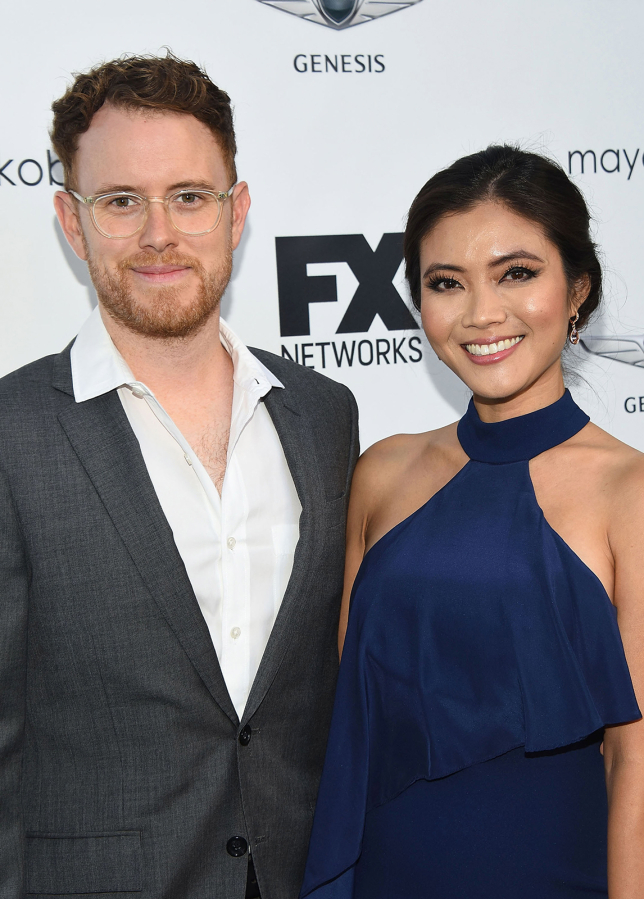Television, obviously, is a medium of pictures. Yet for many, many years, owing to technical, practical and economic reasons, the pictures were not much to look at: flatly lighted, stolidly framed, fashioned to convey dialogue, broad action and necessary information but rarely to communicate mood or tell their own sort of story.
That is all different now. Even small televisions are big, crisp with detail, digital cameras are capable of visual poetry and it is taken for granted that, even within its practical constraints, television can accommodate beauty.
I first became aware of cinematographer Christian Sprenger when I noticed his credit, because I had noticed his work, recurring on a string of interesting comedies — “Baskets,” “GLOW” and “Atlanta,” comedies with dramatic power and heft that took account of light and modeling and atmosphere, of faces and places and bodies in space.
Since then, he’s shot the series-defining pilot of “What We Do in the Shadows” and the first and third episodes of “Station Eleven” in partnership with “Atlanta” director Hiro Murai. (Sprenger, who won an Emmy for the Season 2 “Atlanta” episode “Teddy Perkins,” has shot every episode of that series so far, as well as the first half of the upcoming third season.) Other work includes “Last Man on Earth,” “Kroll Show,” the 2017 film “Brigsby Bear,” Super Bowl ads, music videos and a host of early career web shorts after graduating from Chicago’s Columbia College in 2007.



